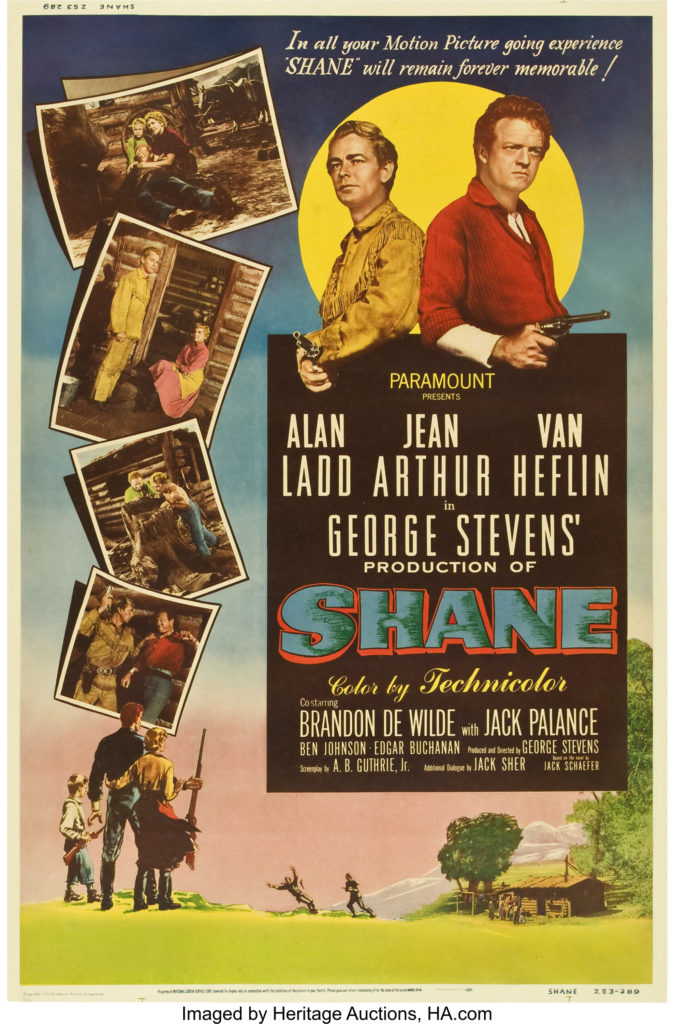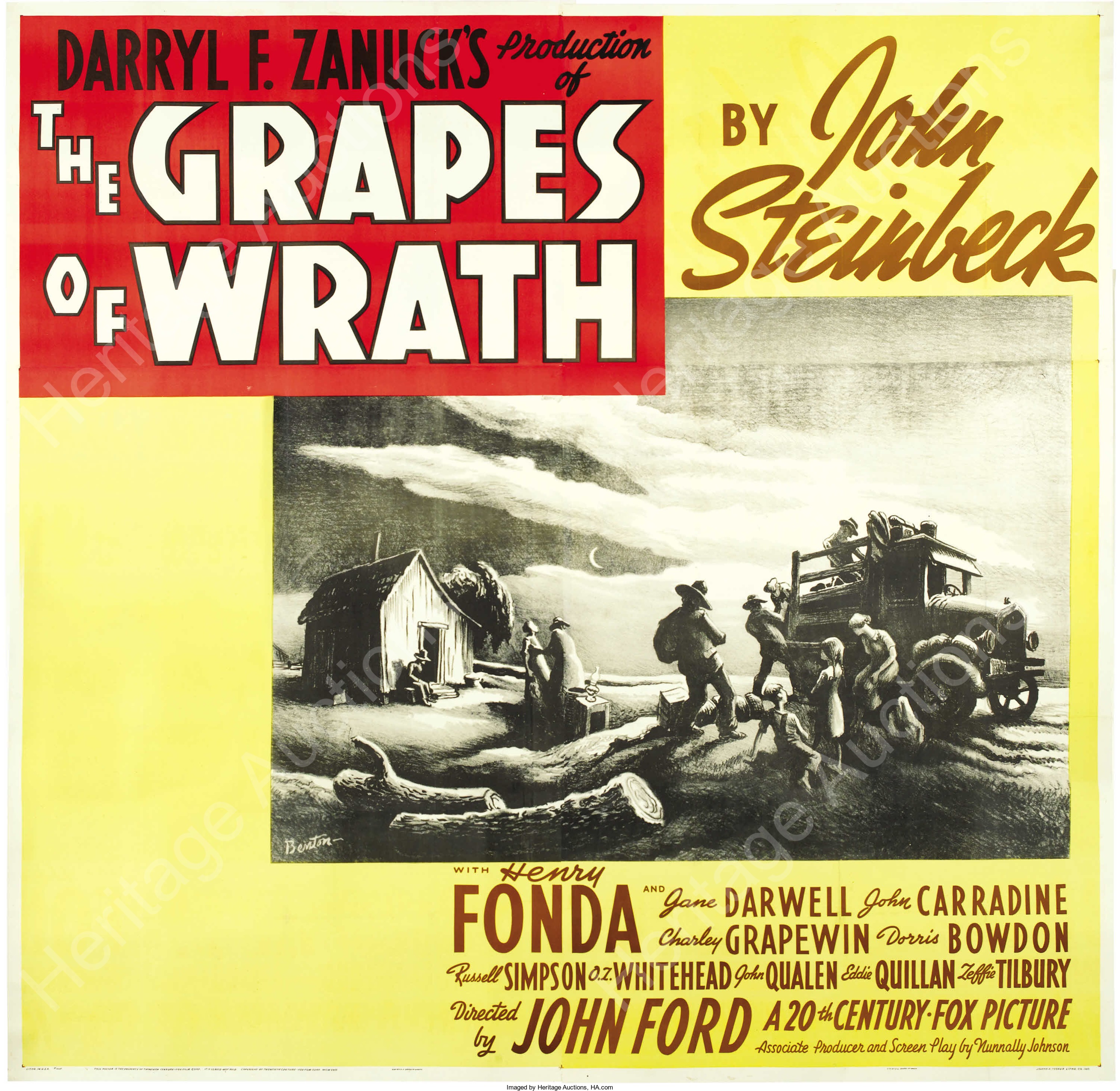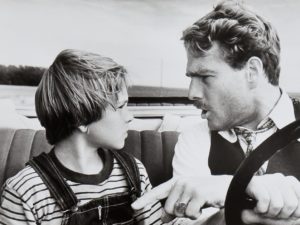
By Jim O’Neal
Inexplicably, there was a 60-year gap between the first Western to win an Academy Award for Best Picture and the next one. Cimarron (1931), starring Richard Dix and Irene Dunne, was based on the 1929 novel by Edna Ferber that told the tales of the Oklahoma land rushes of 1889 and 1893. The next winner was Dances With Wolves, the 1990 Kevin Costner film that won seven Oscars, including Best Picture and Best Director.
This was despite the fact that there were a number of notable Western films in the intervening decades: High Noon (1952), Shane (1953), and Butch Cassidy and the Sundance Kid (1969), to name a few. My favorite remains Red River (1948), directed by Howard Hawks and introducing Montgomery Clift, the brilliant actor who was Elizabeth Taylor’s close friend and who died too young after a car accident led him to too many pain-killers (that did as advertised).
These were laconic men with a code to live by: Don’t run, stand up and don’t rely on anyone but yourself. Men who liked simple stories that seemed almost incidental to the action. In 1966, Hawks called Robert Mitchum for a role in El Dorado.
“You available, Bob?”
“Sure, Howard. Uh, what’s the story?”
“Oh, you know, Bob. There’s no story.”
Peter Bogdanovich, the director and writer, has six personal favorites and all were directed by either John Ford or Howard Hawks. His nucleus of favorites underscores the Western’s focus: clarity between right and wrong. “Certainly,” Bogdanovich wrote, “the Western is one of the most pervasive icons of Americana; a symbol of frontiers challenged and tamed; a series of morality tales of good and evil that contain within them the essential history of the United States.”
Director John Ford was reputedly prickly and fearless. From his early efforts until his last Western, The Man Who Shot Liberty Valance (1962), his films helped hype the myth of the West and the men and women who belonged there. “When the legend becomes fact, sir, print the legend,” a young reporter tells Jimmy Stewart, playing a U.S. Senator in Liberty Valance. That is advice Ford gave and followed.
The mythic Western theme is pervasive, thanks in part to the movies and television. It was how the rest of the world saw us for a long time. We’re all cowboys, gunslingers operating under some unwritten rules way out in the open spaces. Ford’s stories were simply about the individual as the last line of defense. A man takes a stand, no matter what the price, refusing to ask for help. (He had no regard for High Noon, because “No real Western sheriff would ever ask for help.”)
Then it almost seems like television was made for the Western and in the 1950s, we had plenty to choose from on every network. Even popular radio Westerns found it easy to make the transition. The best example may be Gunsmoke, which had established itself as a Saturday night special on radio with William Conrad in the venerable role of Marshal Matt Dillon. The rotund Conrad didn’t fit the visual image, so CBS tried to lure an ex-Glendale High School football star who had lost his USC scholarship due to a surfing accident. His name was Marion Morrison.
We know him as John Wayne, who Ford had molded into a superstar in Western movies. Wayne declined the offer, but agreed to introduce the first episode in 1955 with James Arness (the elder brother of Peter Graves) in the Matt Dillon role. Not surprisingly, it became the longest-running American prime-time TV drama – 639 episodes from 1955 to 1975 and still running in syndication today, a mere 63 years later!
Personally, I’m quite happy that Wayne kept making movies, because in my opinion, he was the Western. But why? Maybe no one summed it up better than director Raoul Walsh when he said, “Dammit, the son of a bitch looked like a man.” Perhaps that’s it. He did look and act like a man, and we never read or heard anything to make us doubt it. Journalist and writer Joan Didion in a profile spoke for a lot of us when she said, “When John Wayne rode through my childhood, he determined forever the shape of certain of our dreams.”
I miss John Wayne and all the things he stood for.
 Intelligent Collector blogger JIM O’NEAL is an avid collector and history buff. He is president and CEO of Frito-Lay International [retired] and earlier served as chair and CEO of PepsiCo Restaurants International [KFC Pizza Hut and Taco Bell].
Intelligent Collector blogger JIM O’NEAL is an avid collector and history buff. He is president and CEO of Frito-Lay International [retired] and earlier served as chair and CEO of PepsiCo Restaurants International [KFC Pizza Hut and Taco Bell].


